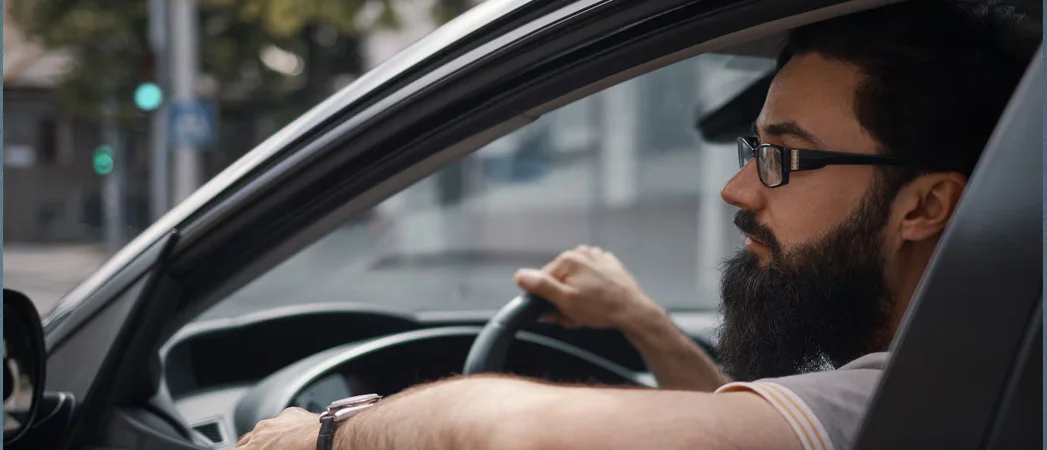|
|
Last
Modified on
Oct 03, 2024
Car crashes happen for many reasons, but distraction ranks as one of the most common. This is an umbrella cause that includes many different things like texting while driving, drowsy driving and more.
Change blindness also distracts a driver, but not in the way that a person may initially think.
Defining change blindness
Frontiers looks into change blindness, a natural but worrisome phenomenon when it comes to driving in specific. Change blindness is a theory based on the idea that the brain creates predictive models of every situation a person runs into in daily life.
The predictive model theory essentially says that when a person performs an action enough times, the brain forms an idea of what to expect every time. For example, when a person opens a tub of ice cream, the brain’s predictive models will say that the tub of ice cream will either be full or empty.
The brain also forms predictive models when driving. This is why people often space out when driving routes that they take often. However, the brain also “blinds” itself to things that fall outside of the predictive model. In short, anything unexpected – like an animal darting into the road – is something the brain might not even see.
The bottom line for drivers
Thus, change blindness can increase a driver’s chance of crashing because they simply do not notice an unexpected element that might present a risk until it is too late to take action. This makes it a genuine threat to the safety of any driver.






